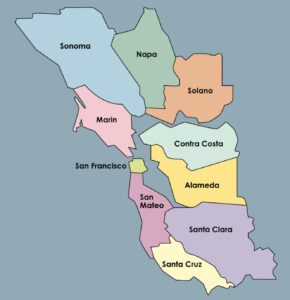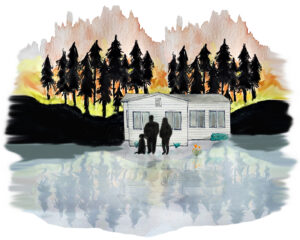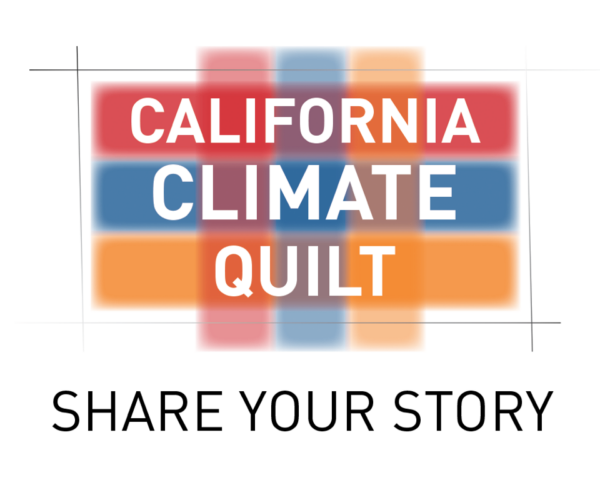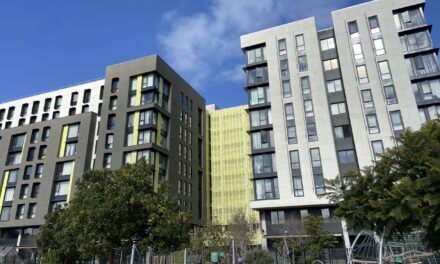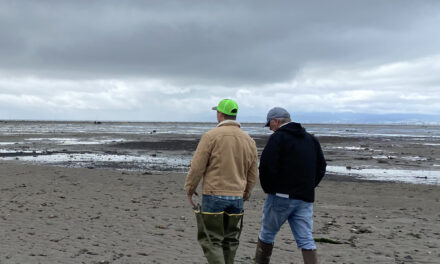Clean Energy, Dirty Practices
A program conceived to help homeowners invest in clean, energy-efficient home upgrades may actually be precipitating some low-income Californians’ collapse into debt and foreclosure. The PACE (Property Assessed Clean Energy) financing program was meant to provide incentives for homeowners to make energy-efficient home improvements without taking on often steep upfront costs. However, predatory, for-profit contracting and financing practices have turned the program into a disaster for low-income homeowners.
In what has become an all-too-common practice, door-to-door salesmen will target low-income residents, often elderly or monolingual Spanish speakers, and convince them to sign contracts for projects like solar panels or energy-efficient windows. However, residents are often left unaware that the financing for the work will come from a property tax assessment and a tax lien on the property, and for-profit contractors often leave work done shoddily or even incomplete. Homeowners are left with vastly increased property taxes and little to nothing to show for it in energy savings.
In one example outlined by the National Consumer Law Center, a door-to-door salesman convinced an elderly, Spanish-speaking homeowner to purchase solar panels. The salesman gave the impression that the homeowner would receive a $10,000 tax credit, their property value would increase, and their energy bill would go down. Documents provided to the homeowner were in English only and buried crucial information the salesman did not express, such as that the homeowner’s income did not qualify her for the tax credit, or that the tax lien put on her property to finance the work would make it difficult for potential buyers to obtain a loan. While her energy bill may have decreased, it was replaced with a $450 monthly tax bill she was unable to pay. She now faces foreclosure.
The UC Berkeley Environmental Law Clinic published a paper underscoring the program’s riskiness for low-income households. Because program eligibility is based on property value instead of credit score, “low-income homeowners may qualify to use PACE even when they would not ordinarily qualify for a loan,” the paper states. “Without energy savings certain to offset or at least meaningfully mitigate PACE assessment costs, additional property tax costs put 3.5 million Californians … at risk of losing their most precious asset.”
The Building Decarbonization Coalition (BDC) does not support PACE as a funding option for low-income customers because of the high-risk nature of the property tax assessments, says Michael Lane of the San Francisco Bay Area Planning and Urban Research Association (SPUR). BDC’s document “Towards an Accessible Financing Solution” suggests, as an alternative, a system of tariffed investments with on-bill cost recovery. Essentially, a utility can make a clean-energy investment on a specific property in their service area, then can recover the cost of the investment through a charge on the energy bill offset by the customer’s new savings on energy use.
Nick Josefowitz of SPUR says that, while programs like PACE are critical for helping all Californians decarbonize their homes, “there needs to be more aggressive regulation to stop the type of fraud that we are seeing with PACE.”
Other Recent Posts
Gleaning in the Giving Season
The practice of collecting food left behind in fields after the harvest is good for the environment and gives more people access to produce.
New Study Teases Out Seawall Impacts
New models suggest that sea walls and levees provide protection against flooding and rising seas with little effect on surrounding areas.
Oakland High Schoolers Sample Local Kayaking
The Oakland Goes Outdoors program gives low-income students a chance to kayak, hike, and camp.
Growing Better Tomatoes with Less Water
UC Santa Cruz researchers find the highly-desired ‘Early Girl’ variety yields more tomatoes under dry-farmed conditions.
Santa Clara Helps Homeless Out of Harm’s Way
A year after adopting a controversial camping ban, Valley Water is trying to move unsheltered people out of the cold and rain.
The Race Against Runoff
San Francisco redesigns drains, parks, permeable pavements and buildings to keep stormwater out of the Bay and build flood resilience.
Learning the Art of Burning to Prevent Wildfire
In Santa Rosa’s Pepperwood Preserve, volunteers are learning how controlled fires can clear out natural wildfire fuel before it can spark.
Martinez Residents Want More Than Apologies — They Want Protection
After a 2022 release of toxic dust and a February 2025 fire, people in the northeast Bay town are tired of waiting for safety improvements.
Weaving Fire Protection Out Of What’s Already There
A new Greenbelt Alliance report shows how existing vineyards, grasslands, and managed forests can slow wildfire and save vulnerable homes.
Fall Plantings Build Pollinator Habitats in Concord
Community groups, climate advocates and a church are coming together to plant pollinator gardens as monarchs, bees see population declines.

